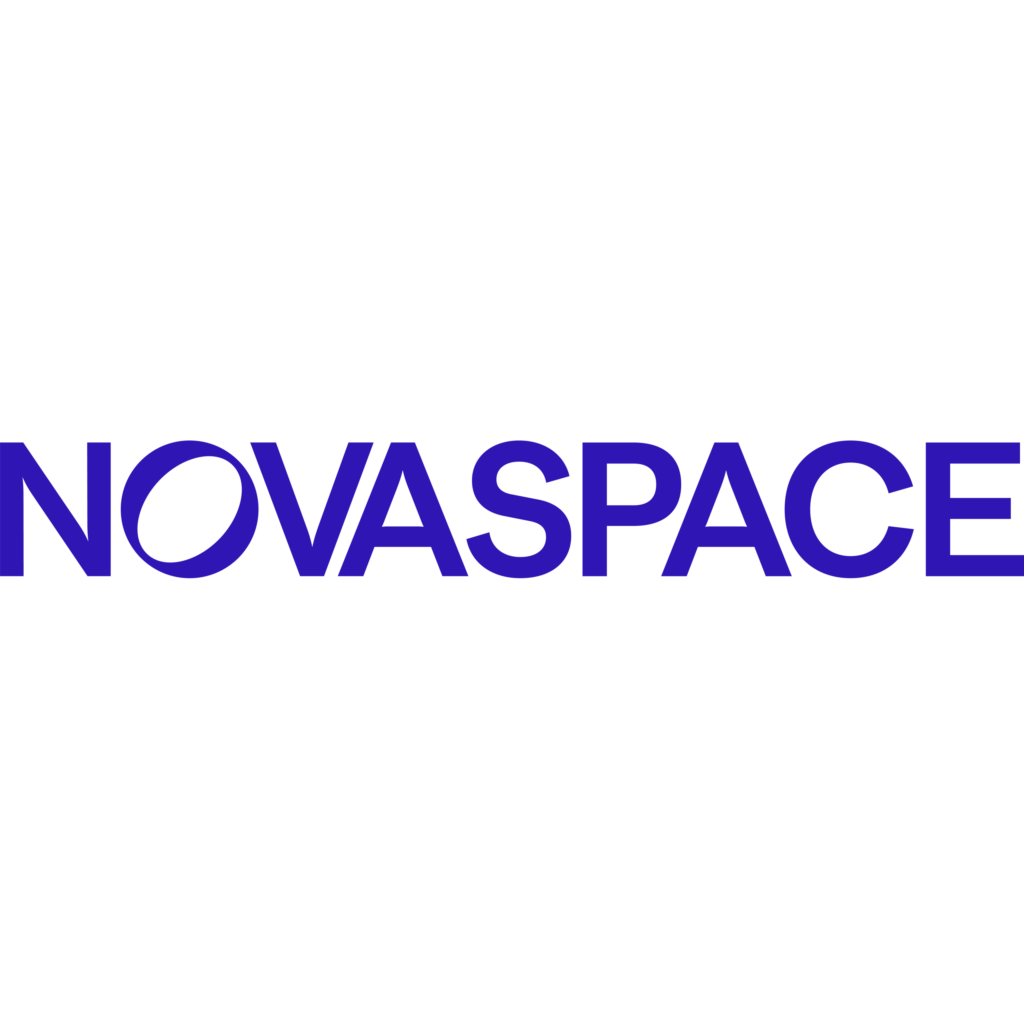The global pivot toward government-backed satellite programs is redefining Earth Observation (EO) strategies, with a significant shift in demand toward defense-grade, sovereign capabilities. According to the latest report from Novaspace, a leader in space consulting and market intelligence, 5,770 EO satellites are set to launch by 2034. This surge is driven by national defense priorities that are increasingly shaping space strategy.
As geopolitical instability fuels interest in sovereign EO assets, defense and civil satellites are poised to overtake commercial deployments. “A new generation of defense suppliers is emerging as countries look to promote the development of national EO ecosystems,” says Federico Banfi, project manager at Novaspace. “This shift in priorities is accelerating procurement cycles and offering the market more agile, cost-effective, and modular systems supported by advanced software and AI.”
Defense Satellites Lead New Deployments
Defense satellites are set to lead the charge in new deployments, a trend underscored by recent budget cuts in commercial Earth observation data procurement. U.S. agencies, for instance, are increasingly prioritizing data from internal, defense-operated assets over commercial sources, further driving the move toward sovereign, secure space capabilities.
This growth is facilitated by the miniaturization of technologies that support the deployment of small satellite (smallsat) constellations in various orbits. These smallsats carry an increasing range of sensors that can be hosted on-board, enhancing their utility and versatility.
The Era of Very Low Earth Orbit and VVHR
The year 2025 marks the beginning of the Very Low Earth Orbit (VLEO) and Very-very-high-resolution (VVHR) era, which is poised to disrupt the competitive landscape. The Chinese Chutian constellation, which deployed its first prototype in 2024, is preparing for larger deployments this year. Meanwhile, U.S. commercial players have also begun deploying new generations of high-resolution, low-latency capabilities.
Performance, longevity, and cost efficiency now outweigh mass as key priorities. Heavier smallsats with enhanced capabilities are meeting growing defense and mission demands, while launch costs remain manageable. Notably, sub-50 kg satellites, once constituting 82% of commercial launches, are expected to drop below 50%, highlighting a market shift toward more complex and diversified missions.
Implications for the Global EO Market
The implications of this strategic shift are profound. As nations prioritize sovereign EO capabilities, the market is expected to see an increase in demand for advanced, defense-grade technologies. This trend is likely to spur innovation and investment in the sector, with countries seeking to establish robust EO ecosystems that can meet both defense and civil needs.
According to Novaspace, the evolution of the EO space systems market will continue to be shaped by these dynamics. Their comprehensive report provides a global assessment of EO satellite supply and demand, detailing the market evolution for commercial, civil government, and unclassified defense satellites.
Novaspace’s proprietary database includes satellites launched and to be launched by 2034, with details on the operator, manufacturer, and extensive characterization information, such as mass, mission, and sensor type, resolution, etc.
About Novaspace
Novaspace is a global leader in space consulting and market intelligence, formed through the merger of Euroconsult and SpaceTec Partners. This strategic move combines the distinctive strengths of both entities to significantly amplify their international presence and service capabilities.
With a legacy of over 40 years in guiding public and private entities in strategic decision-making, Novaspace offers end-to-end consulting services, from project strategy definition to implementation, providing data-led perspectives on critical issues. Their expanded portfolio of services features combined expertise in management and technology consulting, top-tier executive summits, and market intelligence.
Trusted by 1,200 clients in over 60 countries, Novaspace has offices strategically located in Brussels, London, Montreal, Munich, Paris, Singapore, Sydney, Tokyo, Toulouse, and Washington D.C.
For more information, access the full report here: Novaspace Earth Observation Satellite Systems Database
Media Enquiries: Olivia Garnier | Communications Lead – [email protected]
